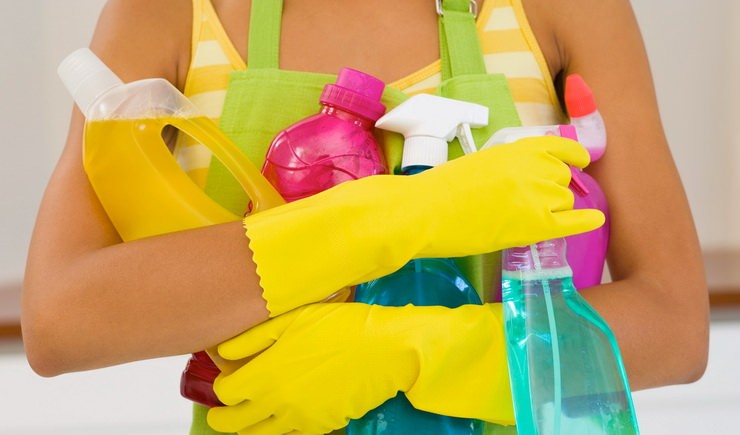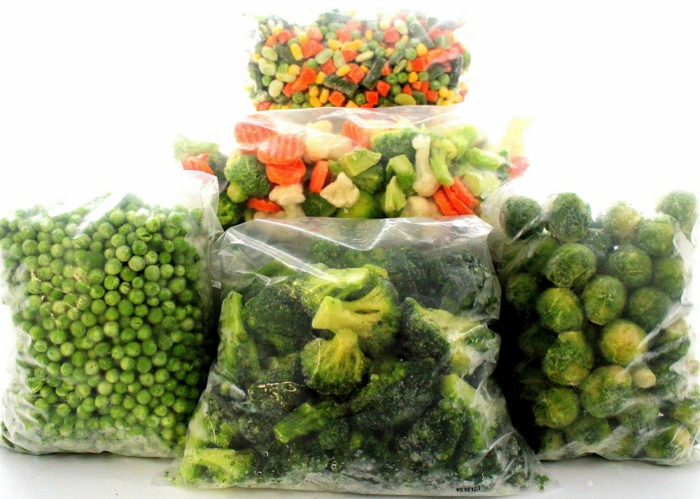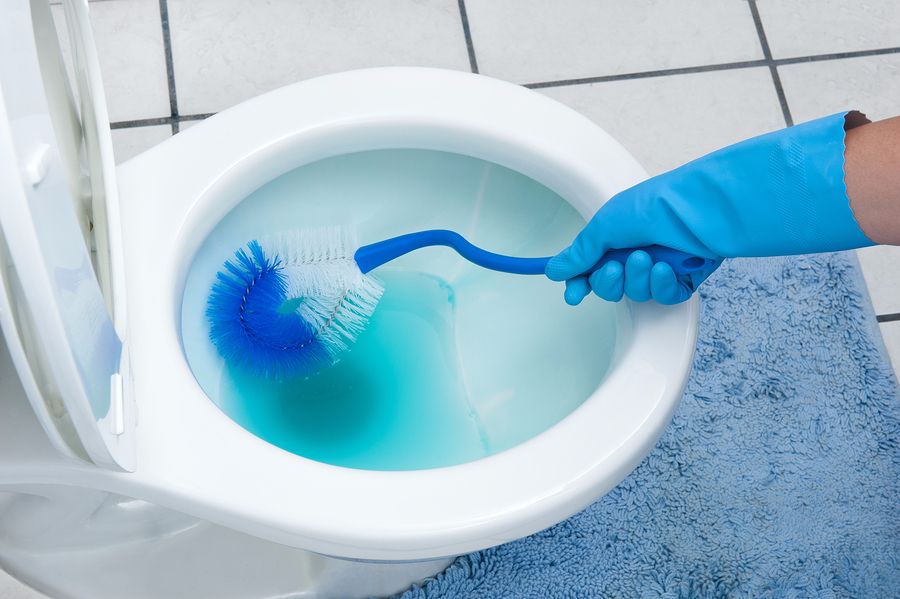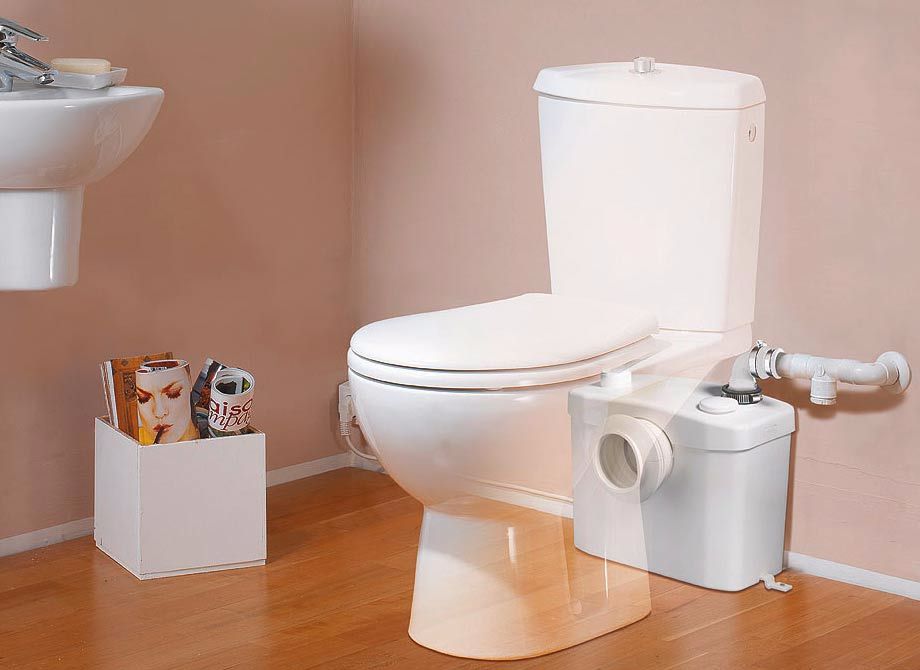Washing the bathroom is an activity that no one is enthusiastic or happy about. However, without performing this procedure, you can not be sure of cleanliness and health safety in the most frequently visited room in the apartment. After all, without proper care, the restroom can become a breeding ground for harmful germs, pathogenic bacteria and a source of unpleasant odors.
As recently as 30 years ago, the only thing the chemical industry had to offer consumers for toilet cleaningThe first time the toilet was cleaned, it was commonplace chlorine with a pungent, unpleasant odor. With the development of this type of industry appeared a lot of special cleaning products for cleaning the toilet. Therefore, modern housewives only need to intelligently combine the use of different types of funds and the required frequency of cleanliness. And then your toilet will sparkle with whiteness and will hardly be associated with a source of dirt and unpleasant odors.
How to choose toilet cleaners?
When choosing a toilet cleaner and disinfectant, consider the following features: the intensity of contamination of your toilet; the characteristics of the water in your home (hard, soft, lime-saturated, etc.); the tendency to rust; neutralizing unpleasant odors.
Based on these conditions, you need to choose the right Toilet cleaners. Always read the recommendations for use on the label and never neglect them. On the correct application of the detergent depends not only on the degree of cleanliness of the bathroom, but also the longevity of service of your toilet bowl. Now on the shelves of supermarkets there is a wide range of different products for cleaning and disinfection.
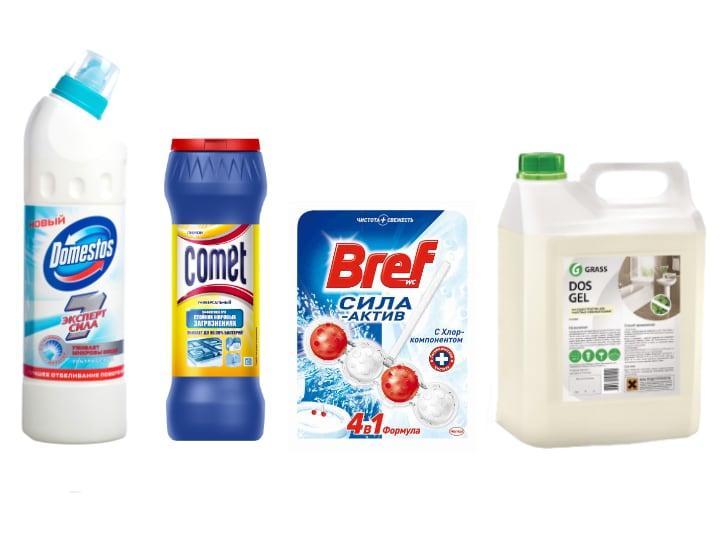
Toilet cleaner options
- Cleaning products in powder form. The most commonly known form of cleaner. It is effective, but has its own drawbacks. In particular, because of its abrasive property can scratch the ceramic surface of the toilet bowl.
- Liquid cleaners.Gels, creams and mixtures. Optimal for soaking the toilet bowl, effective disinfection, removal of unpleasant odors, limescale and gentle cleaning of the toilet. However, these products require a clear adherence to the timing of application.
- Suspensions (aromatic and disinfectant). These colorful products with a variety of aromatic fragrances have a preventive effect. They do not perform a full-fledged cleaning of the toilet bowl, but with each flush of water from the cistern creates a protective film on the surface of the toilet bowl, killing some germs and freshening the air.
- Aerosols and foams. Innovative gentle toilet cleaners for ceramic and metalized toilet parts.
- Disinfecting Wipes. These aids will help clean and disinfect the toilet bowl lid and rim.
Important tips!
- Be sure to test the new product on a small, inconspicuous area of the toilet bowl before full use. Make sure it does not corrode or otherwise destroy the surface.
- Remember to wear tight rubber gloves before cleaning the toilet bowl. Keep your skin away from chemicals and other corrosive substances.
- If your toilet is subjected to heavy organic and lime dirt, choose chlorine cleaners. If your main problem is rust and rusty plaque, acidic cleaning products can help.
- Do a full toilet bowl cleaning with disinfectants every 5-7 days. And in between full cleaning, hang cleaning pendants on the inside surface.



